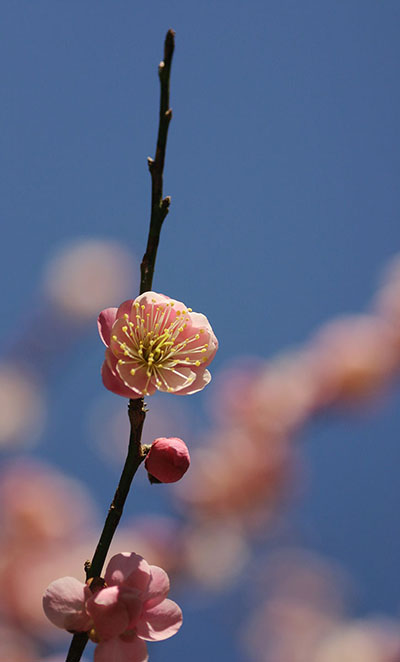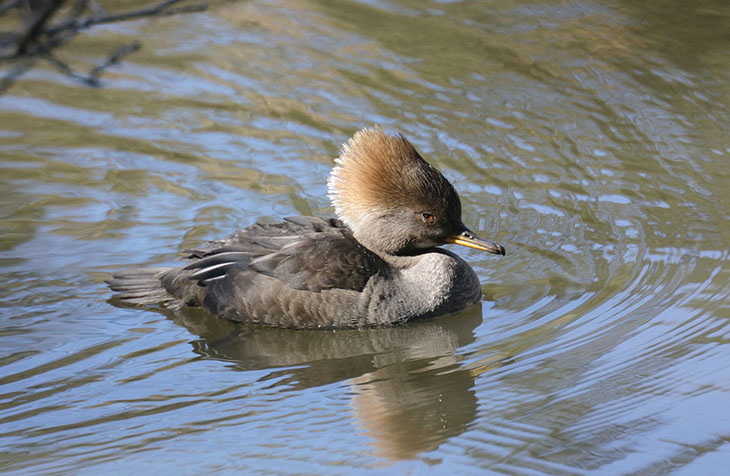 This is the result of my little experiment, one that I’ve wanted to try for years now and never got around to, despite having the gizmo I needed. It needs work, but not bad for a first time.
This is the result of my little experiment, one that I’ve wanted to try for years now and never got around to, despite having the gizmo I needed. It needs work, but not bad for a first time.
Okay, more or less first. I’ve done this with a lunar eclipse some years back now, but this is the first for a plant subject. You’ve seen these before, and better too – for instance, without the tripod leg shadow tracking across the subject.
The crocuses planted by The Girlfriend’s Younger Sprog are an ideal subject, opening each morning and in a sheltered spot away from the wind, also close enough to the house that I wasn’t worried about the camera being stolen. I went with a very stable tripod position, and the key ingredient was a Canon TC-80N3 interval remote release, often called an intervalometer. It’s a microcomputer-controlled remote that can be programmed for lots of specific settings, in this case a single frame every seven minutes. Normally the camera would shut itself off in four – I remembered to reset that for my purposes here.
Aside from having to deal with that leg shadow, there are a couple of other things I will change next time. The camera was covered with a shirt to prevent it from getting too hot in the sun, as well as thwarting any incontinent birds, and this started slipping later in the sequence – you can see it start peeking in at the upper left corner, and one frame was deleted because the shirt had covered most of the lens. I was worried that the light was getting brighter as the sun got higher and reduced exposure by 1/3 of a stop twice, but probably shouldn’t have bothered – it’s certainly noticeable at the end. And I should have started just a bit sooner.
What’s really cool, however, is how the flowers start to close again as the shadow passes. Many flowers simply open once and have done with it – I’ve certainly noticed this while night shooting to chase nocturnal insects and thwart the breezes that hamper macro work. Crocuses are one variety that open in full sunlight and close every night, so a sequence of 20 frames can be captured in a couple of hours. Also note how the dead leaves at upper right, and some at lower left, crumple visibly as it goes – I had cleared some of the surroundings and these were likely losing the moisture they’d retained under the greater cover of their brethren. More attempts will be along someday, when we get nice sunlight and adequate temperatures again – I might try it with mushrooms too. The seven minute gap was actually a pretty good choice for the flowers.

 I also took a trip down to a nearby botanical garden, though it’s still too early in the year to find a wide variety of subjects. Above, the curious blooms of a ‘Snow Cream’ paperbush (Edgeworthia papyrifera) provide a counterpoint to the crocus flowers, shielding themselves from the sun and demonstrating why a nature photographer should always be ready for a different perspective – from a normal vantage these were dull white mounds without any detail, and only from underneath did the flowers really appear.
I also took a trip down to a nearby botanical garden, though it’s still too early in the year to find a wide variety of subjects. Above, the curious blooms of a ‘Snow Cream’ paperbush (Edgeworthia papyrifera) provide a counterpoint to the crocus flowers, shielding themselves from the sun and demonstrating why a nature photographer should always be ready for a different perspective – from a normal vantage these were dull white mounds without any detail, and only from underneath did the flowers really appear.
But the cherry trees are in full bloom, always among the first to spring up like the hands of those smug kids in school (at times I was one of them, though you’ll never catch me admitting it now.) They would have been a little nicer with lower contrast conditions, but that would likely have taken the blue from the sky unless I got really lucky with a solitary passing cloud, so I’ll keep this for now. And as a note along the compositional lines, the presence of the other blossoms in the background, and the short depth-of-field that rendered them pastel blobs, was intentional; though I wanted the focus on a solitary bloom, framing it all by itself not only gives a lonely feel, it’s entirely counter to how the trees grow. Including the clusters behind, even completely out of focus, gives a more appropriate impression – since the colors match, the viewer automatically considers them all together.
And below, a female hooded merganser (Lophodytes cucullatus) noticed the camera pointing at her and provided her sexy look, the tramp. The male nearby, attempting to snooze, was keeping to the shadows while turning slow circles in the water, and none of the images I captured, handheld with a long lens, were really worth posting – it’s a shame, since this is peak plumage season for birds and the males have the best coloration. We’ll have to see what I can do to correct this soon.





















































